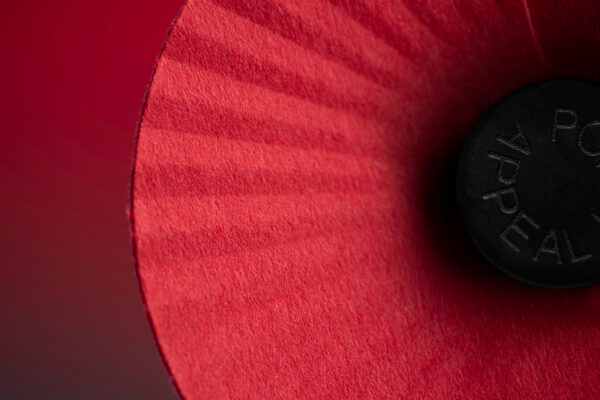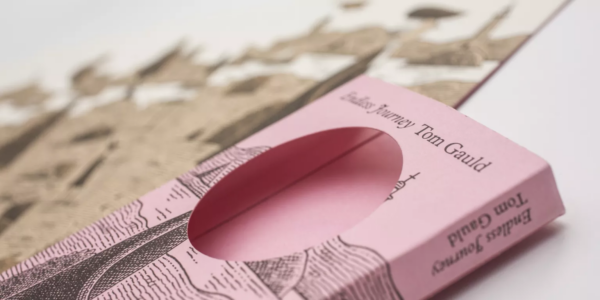Every year millions of red paper poppies are produced by the Royal British Legion as a symbolic gesture of remembrance for fallen soldiers. We share the behind-the-scenes story of the iconic paper poppy.
Bright red Flanders poppies grew in their thousands on the scorched earth of First World War battlefields, flourishing even in the middle of chaos and destruction. As a tribute to the fallen, remembrance poppies have been worn since 1921, the year the Royal British Legion was founded.
Originally made from silk, today’s memorial poppy is made of paper, using both traditional and modern-day techniques.
Today, the poppy starts its life at the James Cropper paper mill, located in Burneside, just north of Kendal. James Cropper has been producing ‘poppy paper’ for over 40 years, though the mill began papermaking much earlier, in 1845.
The Legion contacted James Cropper in 1978 when they were looking for a colour-fast and biodegradable paper alternative to the fabric poppy. The request was ahead of its time, as they wanted to make certain that going forward the global symbol of remembrance could be easily recycled.
And there is more to this iconic emblem than at first meets the eye – the technical team at James Cropper developed a vibrant colour-fast paper that doesn’t rub off onto clothing and holds its shape when crimped – it can be worn with confidence the world over.








